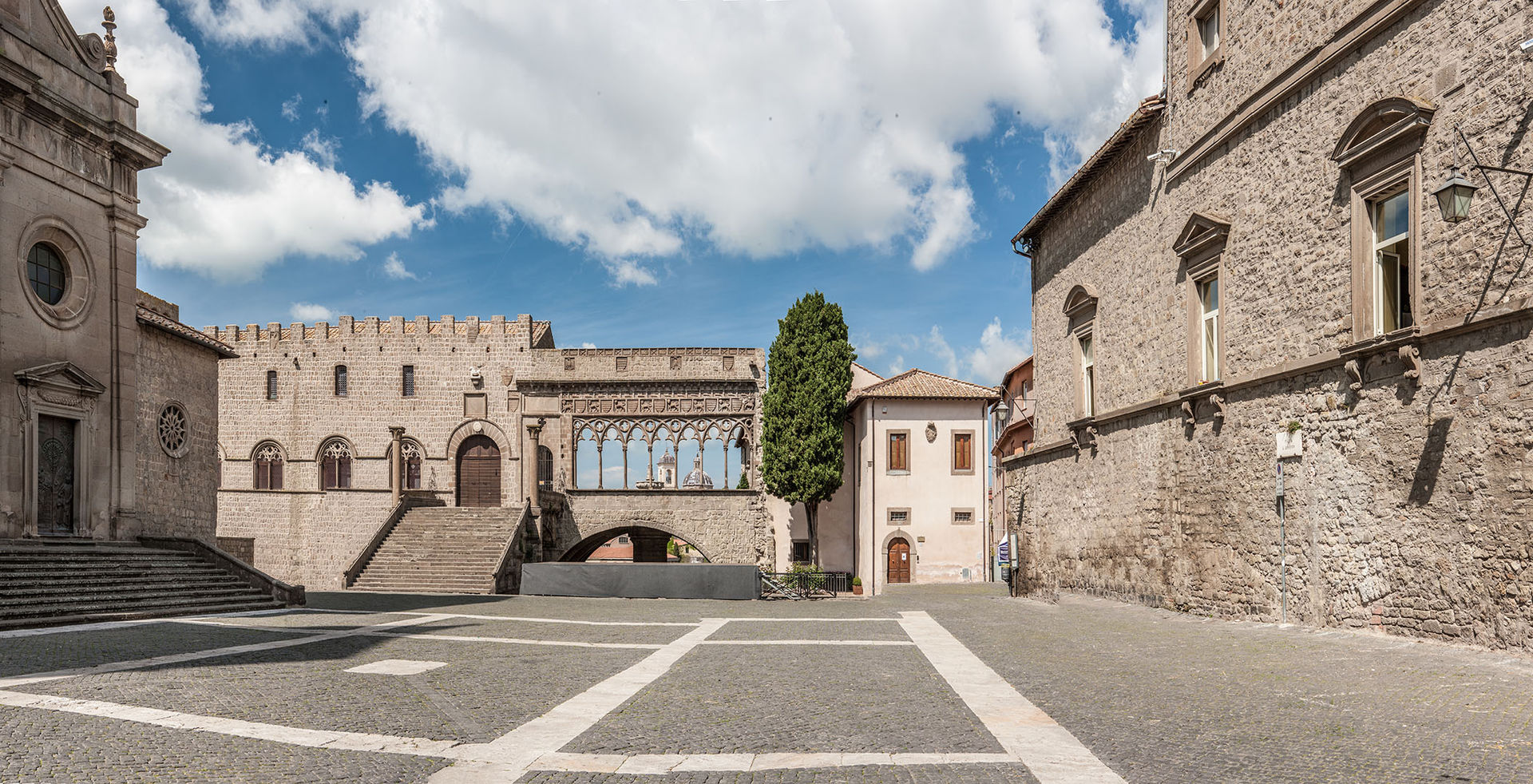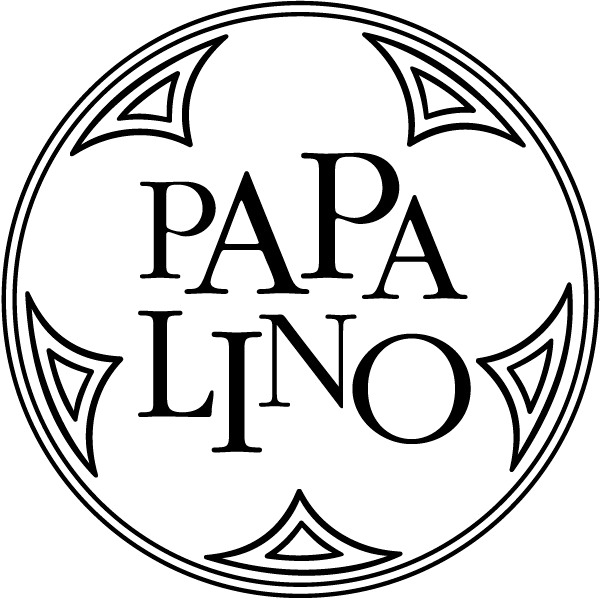Our History
The Winery “Papalino” was born in 1960 when grandfather – Ercole – decided to buy the property of the immense possessions of Count Vanicelli. Situated on calanchi valley of the municipality of Castiglione in Teverina, it’s located in the territory of Tuscia Viterbese, a few kilometers from the city of Orvieto, in Umbria.
Throughout the years the farm didn’t have many substantial changes and its family running business made it possible to produce cereals and grapes up to 1997.
Subsequently the son, Erminio, has started a process of renovation and modernization (ongoing) with which he wants to bring the company to produce high quality wine and olive oil, keeping the antique taste unaltered.
From 2017 also grandkid Gabriele started being part of the company helping his father realizing his goal.
The lands lie in one of the most important areas of the province as regards the products grown; even, the aforementioned, it is said that they were even appreciated by the ancient Etruscans.
The wine vocation of the area, the total exposition southeast of the lands and the small dimension of the farm ensure that the family running business gets to obtain the best from its own crops.
In our vineyards are mainly present grape variety typical of the zone and from these variety, which operations of selection of the buuch of grapes during the month of July, are obtained grapes that enclose the best characteristics to have a white wine, fresh and fruity and a red wine filled in structure.
The production of wine is accompanied to the one of the olive.
In the plant there are cultivars characteristic of the area, such as: Leccino e Frantoio, and in small percentage also Pendolino e Moraiolo. From these, through the collection carried out strictly by hand, and the milling of the same within the following 24, it’s obtained a light olive oil, fruity and highly with a grade of acidity 1%.
Tuscia, land of Etruscans
Our products are born from the tradition of the lands of Viterbo
The land of Castiglione in Teverina was inhabited by Villanoviani and from the Etruscan population. More recently the origin of Castiglione, seems to be dating back tO the Middle Age and the first certain news on its existence date back to XIII century, period in which the first urban agglomeration (Borgo) was born, around the fortress Monaldeschi (XII century), which had the function of watchtower and of defense from foreigners attacks.
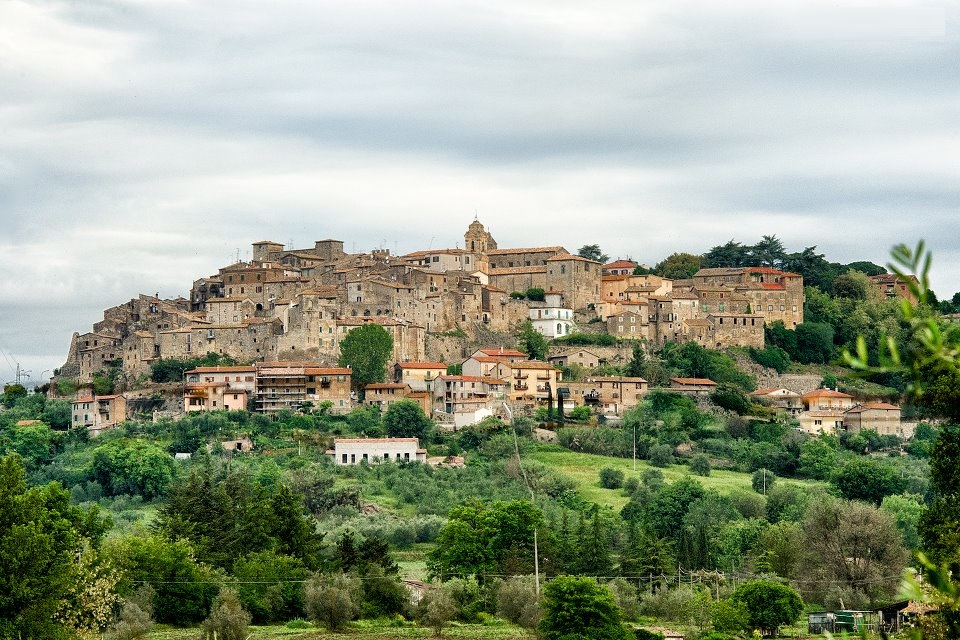
It’s situated at about 20 Km, it’s a place of noticeable touristic relevance for the presence of the homonym lake of volcanic origina (the biggest in Europe).
The town of Bolsena it is of medieval origin and the monuments of major interest that can be admired are: Cappella del miracolo, (miracle of “Corpus Domini”), church of S. Cristina, fortress Monaldeschi, Palace Cozza and the fountain dè Medici: the most important fountain of the country.
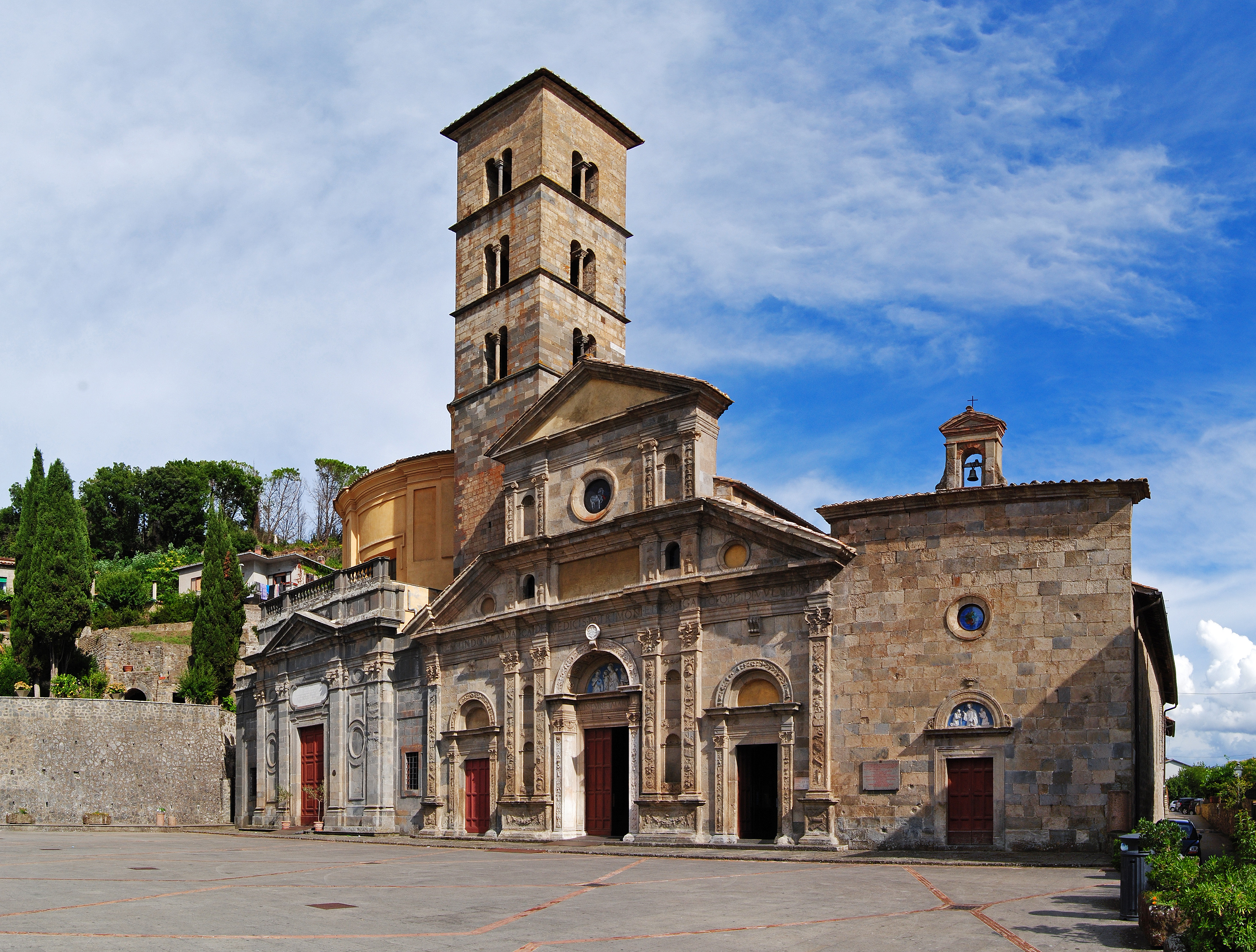
It’s located at about 18 Km in green Umbria; here it’s possible to visit some monuments of particular historic, religious and artistic beauty, such as: il Duomo (unique art work in the world), inside of which it’s guarded inside which the sacred relic of the “Corpus Domini” is kept, water well of San Patrizio, tower Del Moro, palace Dei Sette.
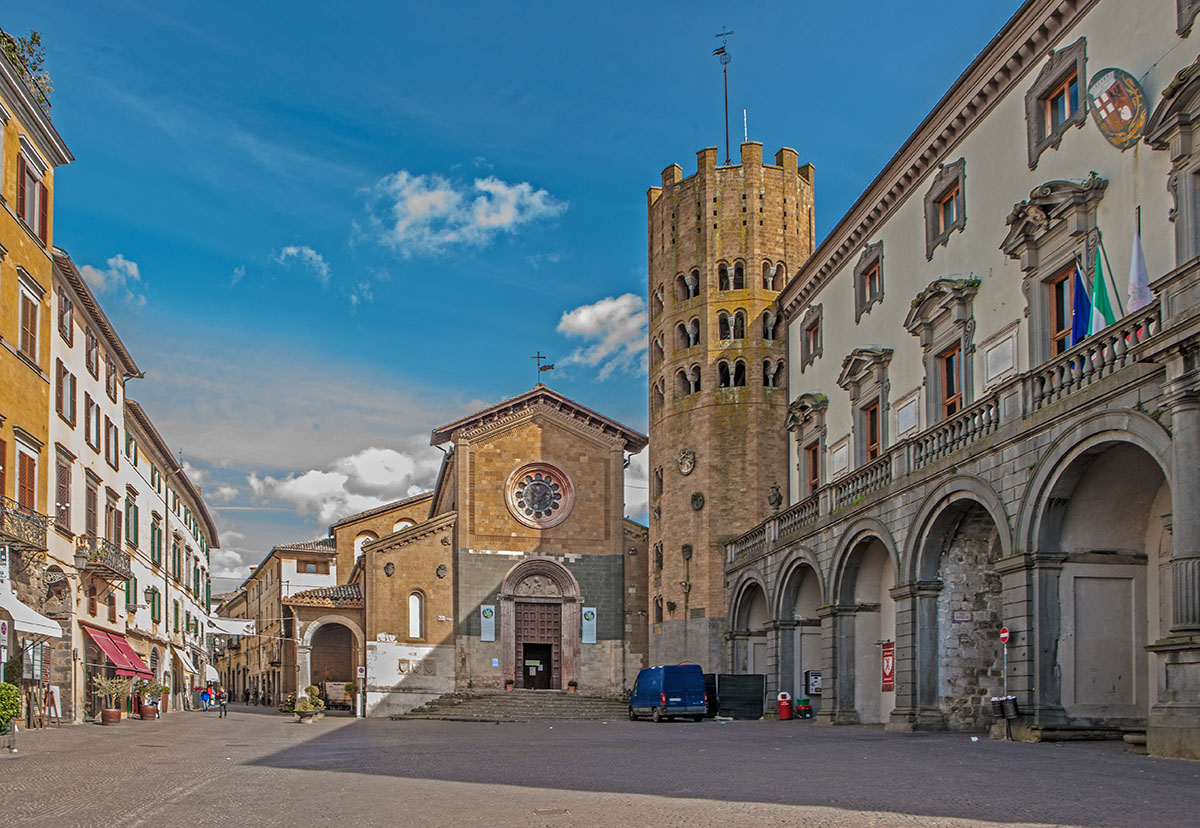
About 15 km away is located Bagnoregio and the adjacent “Civita di Bagnoregio”.
This last one i salso called “The City that Dies” which raising on a clay glues, its base is constantly eroded by atmospheric agents, which flaking off causes the collapse of the overlying tuff part causing the slow agony of the town. The most important monuments to visit are: the Borgo in which can be found: church of San Donato, a mill from XVI century, and the house in which was born San Bonaventura.
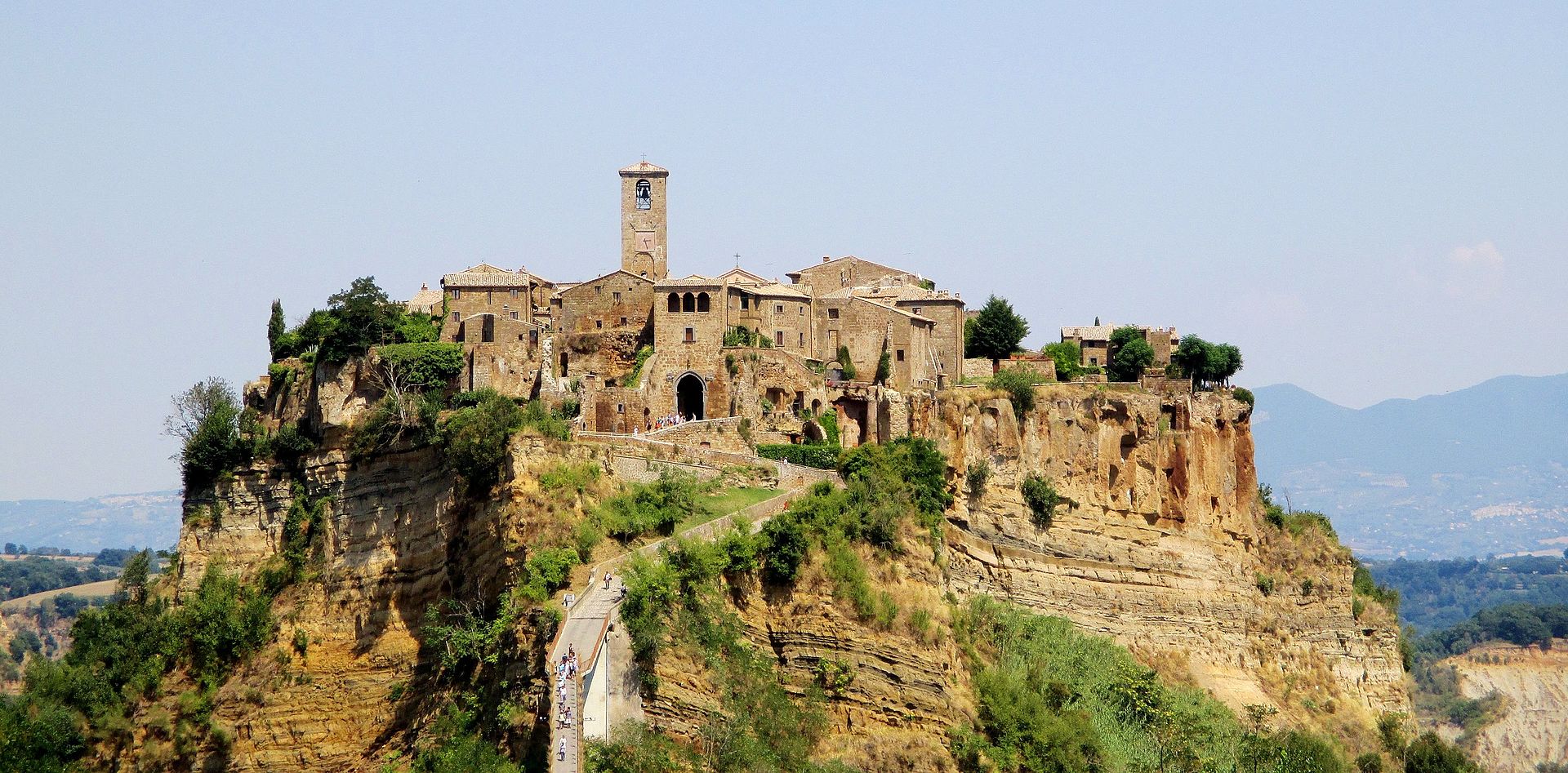
About 30 km away, is located the medieval city of “Viterbo”, also known as the “City of the Popes”; in fact for 24 years it was Pontificial. The most important places to visit are: Palace of Papi, Cathedral of San Lorenzo, San Silvestro, Basilica of San Francesco alla Rocca, Sant’Angelo in Spatha,. Sant’Egidio, Santa Maria del Suffragio, San Sisto, Santa Maria Nuova, Basilica of Santa Maria della Quercia and Basilica of di Santa Rosa, protector of the city. The evening of September 3rd of every year you can assist to the famous event in honor of Santa Rosa, a tower high 30 meters that weights about 50 quintals it’s carried on the shoulders by 100 porters through the streets of the city.
Of particular interest are the sources of Bulicame, known since Etruscan, appreciated by the Romans and mentioned also by Dante in XIV song of hell.
